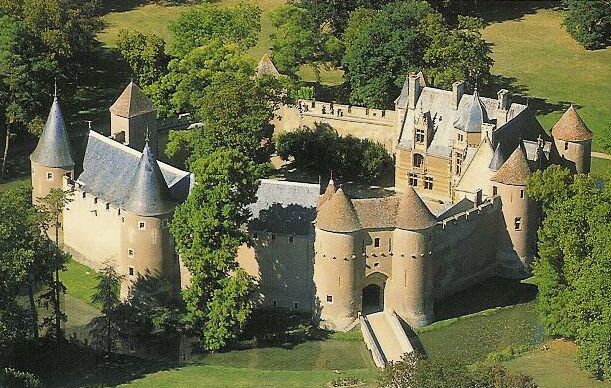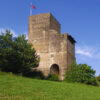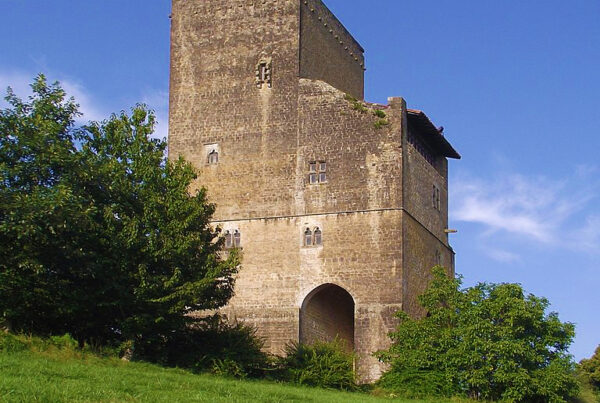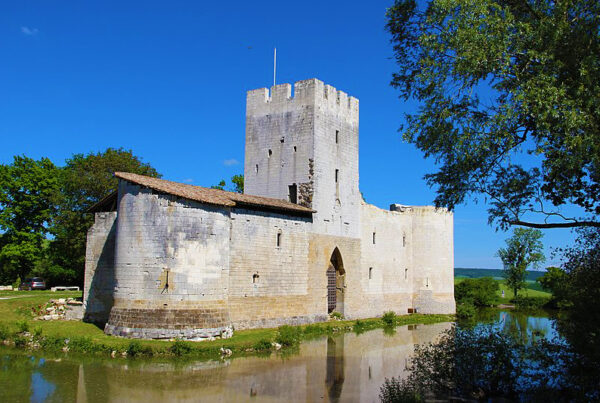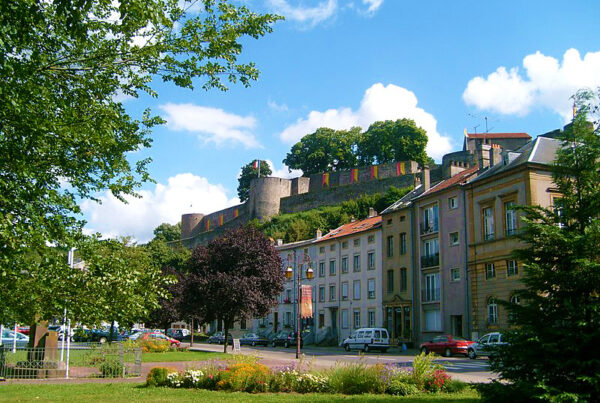The Château d’Ainay-le-Vieil, also known as the « Petit Versailles en Berry, » is a splendid Renaissance castle located in the small village of Ainay-le-Vieil in the Cher department of central France. This enchanting château is celebrated for its well-preserved architectural beauty, stunning gardens, and rich history, making it a captivating destination for history enthusiasts and visitors seeking to immerse themselves in the charm of the French countryside.
Key features and historical significance of the Château d’Ainay-le-Vieil:
Architectural Grandeur: The Château d’Ainay-le-Vieil showcases a harmonious blend of architectural styles, including Gothic and Renaissance elements. Its elegant façade features intricate details, mullioned windows, turrets, and a central courtyard.
Medieval Origins: The château’s origins can be traced back to the 12th century when it was initially built as a fortified castle. Over the centuries, it underwent various transformations, evolving from a defensive stronghold into a luxurious Renaissance residence.
Renaissance Splendor: The castle reached its peak of grandeur during the Renaissance period when it was owned by the Jouvenel family. The interior of the château is adorned with beautiful period furnishings, tapestries, and artwork, providing a glimpse into the opulent lifestyle of its former inhabitants.
Gardens and Grounds: The Château d’Ainay-le-Vieil is renowned for its meticulously landscaped gardens, which include formal French gardens, a charming English-style park, and a serene moat surrounding the château. The gardens are a testament to the artistry and horticultural expertise of their designers.
Historical Significance: Throughout its history, the château has hosted various notable figures, including King Charles VII and Agnès Sorel, his famous mistress. Its historical significance is tied to its role as a prestigious residence and a site of cultural exchange during the Renaissance.
Preservation and Restoration: The château underwent significant restoration efforts in the 20th century, ensuring that its architectural splendor and historical integrity were preserved for future generations to appreciate.
Visitor Experience: Today, the Château d’Ainay-le-Vieil is open to the public, offering guided tours that provide insights into the castle’s history, architecture, and the lifestyle of its former inhabitants. Visitors can explore the sumptuously furnished rooms, stroll through the gardens, and enjoy the tranquil ambiance of the estate.
Cultural Events: The château regularly hosts cultural events, exhibitions, and concerts, making it a vibrant cultural center that contributes to the region’s artistic and historical legacy.
A visit to the Château d’Ainay-le-Vieil offers a delightful journey through time, allowing visitors to appreciate the architectural splendor of the Renaissance period and the natural beauty of its surroundings. It stands as a testament to the enduring allure of France’s historic châteaux and the rich tapestry of the nation’s cultural heritage.
